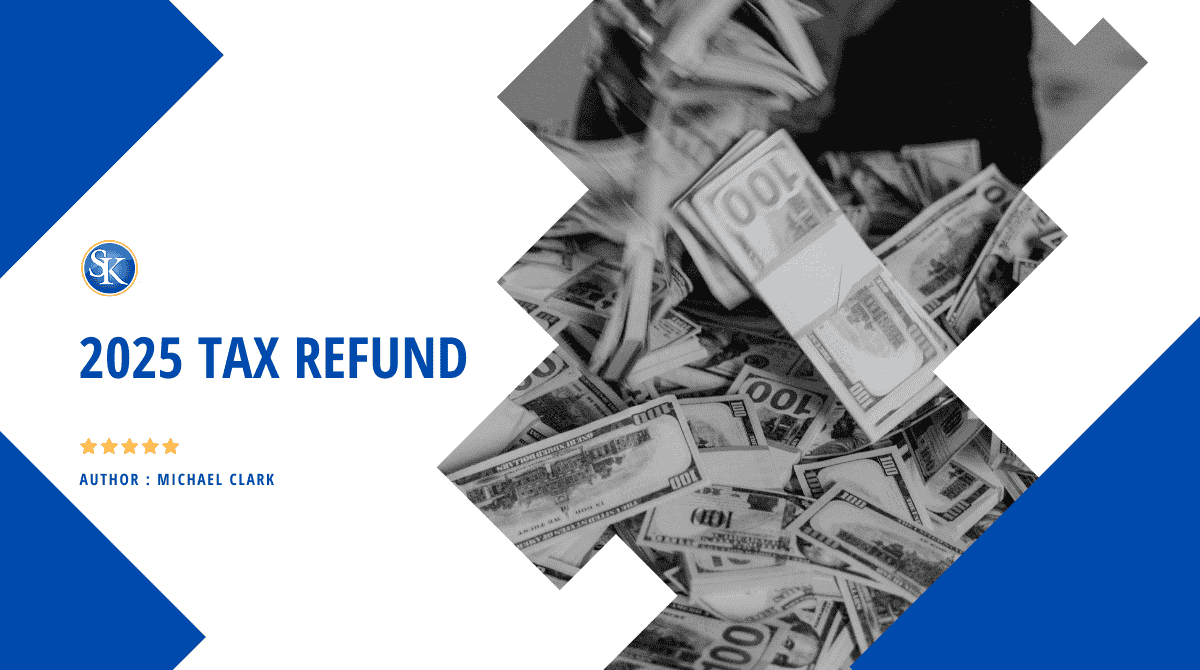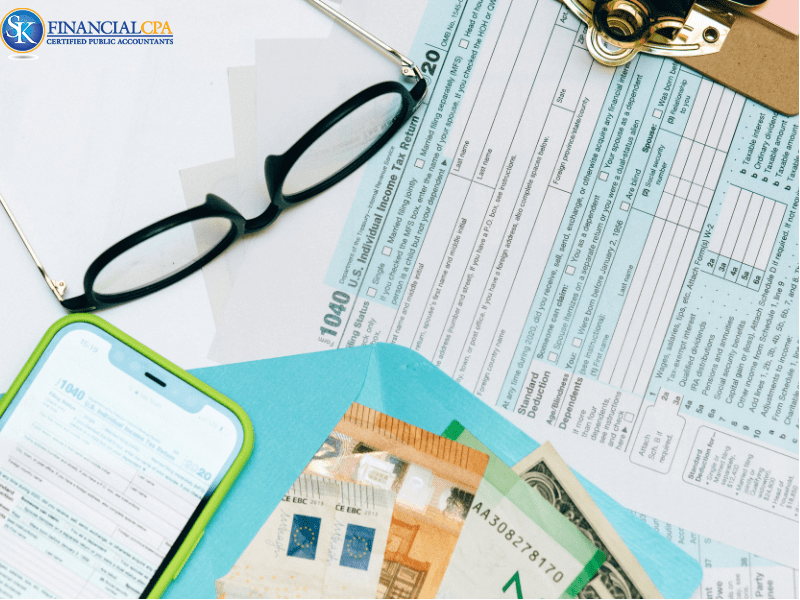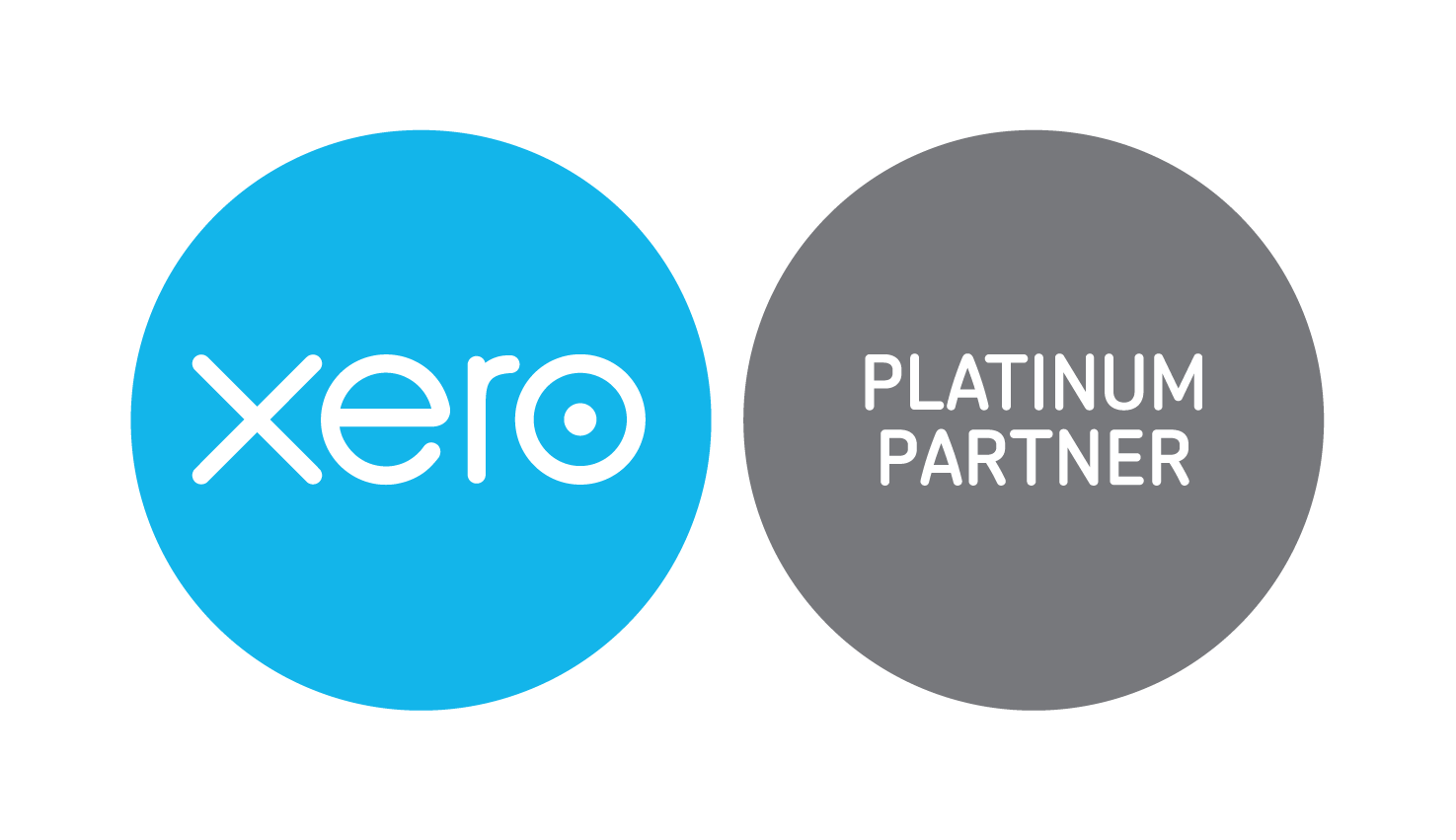
Tax Refund 2025: How to check your refund
Every year, when tax season comes around, the one question on most people’s minds is pretty simple "Am I getting a refund?" Whether you’ve been keeping tabs on your taxes all year or you’re just now catching up, that potential refund can feel like a breath of fresh air. For many, it’s a financial boost they’ve been counting on. If you're looking to understand everything about your tax refund 2025, you’re in the right place. Let’s explore what’s changed this year, when you might expect your refund, how to make the most of it, and what to watch out for.
What Is a Tax Refund?
A tax refund happens when you’ve paid more income tax throughout the year than you actually owe. This is often the result of paycheck withholdings made by your employer. Think of it like this: if you’ve been tipping extra at a coffee shop every day and at the end of the year, the cashier says, You’ve been overpaying here’s your money back, that’s essentially what the IRS does with your tax refund.
The process kicks in when you file your tax return. The IRS compares what you paid throughout the year (through paycheck deductions or estimated payments) to what you actually owed based on your income, credits, and deductions. If your payments exceeded your liability, you get a refund.
Key Tax Changes That Could Affect Your Refund in 2025
This year brings a few updates that could change how your refund looks compared to previous years. The IRS has adjusted standard deductions, income thresholds for tax brackets, and certain credits to account for inflation. These changes might not seem dramatic at first glance, but they can significantly impact your refund.
Let’s look at the 2025 standard deduction updates:
|
Filing Status |
2024 Deduction |
2025 Deduction |
|
Single |
$13,850 |
$14,600 |
|
Married Filing Jointly |
$27,700 |
$29,200 |
|
Head of Household |
$20,800 |
$21,900 |
Even if your income hasn’t changed much, these higher deductions could lower your taxable income and result in a larger refund. The Earned Income Tax Credit (EITC) and Child Tax Credit have also seen small increases, which can especially benefit low-to-middle-income families.
How to Track the Status of Your 2025 Tax Refund
Once you’ve filed your return, it’s natural to want to know exactly when you’ll get your money. The IRS has a tool just for that. The “Where’s My Refund?” tracker lets you follow your refund’s progress online. You’ll see three simple stages: Return Received, Refund Approved, and Refund Sent.
To use the tracker, you’ll need your Social Security number or ITIN, your filing status (like single or married), and the exact refund amount you’re expecting. The tool updates once every 24 hours, usually overnight. E-filers who opt for direct deposit typically get their refunds in 1 to 3 weeks. Those who file by mail or request a paper check may wait longer.
Here’s a helpful breakdown of estimated refund timelines:
|
Filing Method |
Refund Type |
Estimated Arrival Time |
|
E-file |
Direct Deposit |
1–3 weeks |
|
E-file |
Paper Check |
3–4 weeks |
|
Paper Filing |
Direct Deposit |
4–6 weeks |
|
Paper Filing |
Paper Check |
6–8 weeks |
Keep in mind, claiming certain credits like the EITC or Additional Child Tax Credit may delay your refund until at least mid-February due to additional fraud prevention checks.
What Factors Affect the Size of Your Tax Refund?
Many people assume that getting a big refund means something went right with their taxes but it's really a matter of how much was withheld versus how much you owed. If you had too much tax taken out of your paychecks, you’ll likely get a refund. If not enough was withheld, you may owe the IRS.
Credits and deductions can significantly influence your refund amount. The Child Tax Credit remains up to $2,000 per qualifying child under 17, although the refundable portion is based on your income. Similarly, the Earned Income Tax Credit offers a larger refund for workers in low- to moderate-income brackets, depending on the number of children you have.
Let’s take a quick look at the maximum EITC amounts for 2025
|
Number of Children |
Maximum EITC 2025 |
|
0 |
$632 |
|
1 |
$4,213 |
|
2 |
$6,960 |
|
3 or more |
$7,830 |
Even if you don’t have kids, you could still qualify for EITC if your income is low enough and you meet the requirements. Don’t forget about other potential boosts from education credits, retirement savings credits, and even energy-efficient home upgrades.
What If You Owe Instead of Getting a Refund?
Sometimes the tax season brings not a refund, but a bill. If you owe the IRS money instead of getting a refund, it could be due to under-withholding on your W-4, having freelance income without estimated payments, or changes in your household that reduced your eligibility for certain credits.
The good news is that the IRS usually allows payment plans if you can’t pay the full amount right away. It's better to set up a plan than to ignore the balance and let interest or penalties pile up. If you’ve found yourself in this situation, it’s also a good idea to update your W-4 form for the current year so that you’re better prepared when tax season rolls around again.
Smart Ways to Maximize Your Tax Refund in 2025
Maximizing your refund isn’t about “tricks” it’s about smart planning. The earlier you file, the sooner you’ll catch errors and lock in your refund. Filing electronically and choosing direct deposit is the fastest way to get your refund back.
It also helps to make sure you’re claiming everything you’re eligible for. If you paid for college expenses, contributed to a traditional IRA, paid for childcare, or installed energy-efficient appliances, there might be a credit or deduction waiting for you. Every little bit adds up.
Accuracy also plays a big role. Typos, mismatched Social Security numbers, or missing documents can delay your refund by weeks. If you’re not confident in doing it all yourself, consider using trusted tax software or working with a qualified tax preparer to catch mistakes before they become problems.
Estimated 2025 IRS Tax Refund Calendar
If you’re wondering exactly when your refund might arrive, it depends on when your return is filed and accepted by the IRS. Here’s a general idea of when you could see your tax refund 2025, based on your filing date and refund delivery method:
|
Date Return is Filed & Accepted |
Direct Deposit Expected By |
Mailed Check Expected By |
|
January 27, 2025 |
February 17, 2025 |
March 28, 2025 |
|
February 3, 2025 |
February 24, 2025 |
April 4, 2025 |
|
February 10, 2025 |
March 3, 2025 |
April 11, 2025 |
|
February 17, 2025 |
March 10, 2025 |
April 18, 2025 |
|
February 24, 2025 |
March 17, 2025 |
April 25, 2025 |
|
March 3, 2025 |
March 24, 2025 |
May 2, 2025 |
|
March 10, 2025 |
March 31, 2025 |
May 9, 2025 |
|
March 17, 2025 |
April 7, 2025 |
May 16, 2025 |
|
March 24, 2025 |
April 14, 2025 |
May 23, 2025 |
|
March 31, 2025 |
April 21, 2025 |
May 30, 2025 |
|
April 7, 2025 |
April 28, 2025 |
June 6, 2025 |
|
April 15, 2025 |
May 6, 2025 |
June 16, 2025 |
These are general estimates and can change depending on your return’s complexity, errors, claimed credits, or IRS processing speed.
What About State Tax Refunds?
Federal refunds usually get all the attention, but don’t forget about your state tax refund if you live in a state that collects income tax. Every state has its own schedule and system, which means your refund could arrive faster or slower than your federal one.
For example, in North Carolina, paper filers might wait up to three months for their state refund. In Oklahoma, most people receive theirs within five to six weeks. The good news is, many states now have online tracking tools, just like the IRS. To check the status of your state refund, visit your state's Department of Revenue website and look for a “Where’s My Refund?” tool.
More Ways to Check Your Refund Status
While most people use the IRS “Where’s My Refund?” webpage, there are a couple of other options if you prefer to check your refund status on the go. The IRS2Go mobile app lets you track your refund straight from your smartphone. It's available for both Android and iOS.
If you don’t have access to the internet or just prefer using the phone, you can call the IRS refund hotline at 800-829-1954. It's automated and available 24/7, so you can check any time, day or night.
What Can Delay Your Tax Refund in 2025?
Even when you do everything right, your refund can still take longer than expected. There are a few common reasons this happens. If you file during the busiest part of tax season, usually between mid-March and mid-April, the IRS might take more time due to high volume. If you claimed credits like the Earned Income Tax Credit (EITC) or the Additional Child Tax Credit (ACTC), the IRS is legally required to hold your refund until mid-February to help prevent fraud.
Other delays can come from simple mistakes like a wrong Social Security number, incorrect bank account details for direct deposit, or forgetting to sign your return. Also, if you owe money to the IRS or another federal agency, part or all of your refund might be used to cover that balance before anything is sent to you.
Best Ways to Use Your Refund Wisely
It’s always fun to dream about how you’ll use your refund, but try to think of it as a financial tool, not just extra spending money. Many people use their tax refund to pay down credit card debt, build an emergency fund, or cover upcoming expenses like rent or tuition. Others invest it into their retirement or a small side hustle.
Whatever your goals are, make a plan. Even splitting your refund say, half for savings and half for enjoyment can be a practical and rewarding approach. Just don’t let it disappear without making a difference in your long-term financial picture.
Common Mistakes to Avoid
Tax season can be stressful, especially if you're rushing or trying to do everything last minute. One of the most common mistakes is forgetting to report freelance or gig income, which the IRS often catches through third-party reporting. Another is entering bank account details incorrectly for direct deposit an easy error that can delay your refund for weeks.
It’s also important to list your dependents correctly, especially if you’re divorced or separated and both parents are claiming the same child. Even mixing up a middle name or date of birth can throw off your return. And don’t overlook your state taxes if your state requires a separate return, skipping it can cost you.
Final Thoughts
Your tax refund 2025 is more than just a check it’s your money, returned to you after a year of earning, spending, and paying taxes. Whether your refund is big or small, it can be a stepping stone toward something meaningful like financial security, debt freedom, or a long-awaited goal.
Approach your taxes with care, take your time to file accurately, and if needed, don’t hesitate to ask for help. The more informed you are, the better your outcome will be not just this year, but every year going forward.
FAQs
When will the IRS start issuing refunds in 2025?
The IRS typically starts processing refunds in late January. If you e-file early and choose direct deposit, you could receive your refund within 2–3 weeks.
Will claiming the Child Tax Credit delay my refund?
It might. If you also claim the Earned Income Tax Credit, federal law requires the IRS to hold your refund until mid-February to prevent fraud.
Can I still get a refund if I had low income?
Yes. Refundable credits like the EITC or the Additional Child Tax Credit can give you a refund even if you paid little or no tax.
How do I change my W-4 to avoid owing next year?
Ask your employer for a W-4 form or fill one out online using the IRS Withholding Estimator. It’s a simple way to get closer to the right amount of tax being withheld.
Follow SKFinancial on Facebook / Twitter / Linkedin / Youtube for updates.












